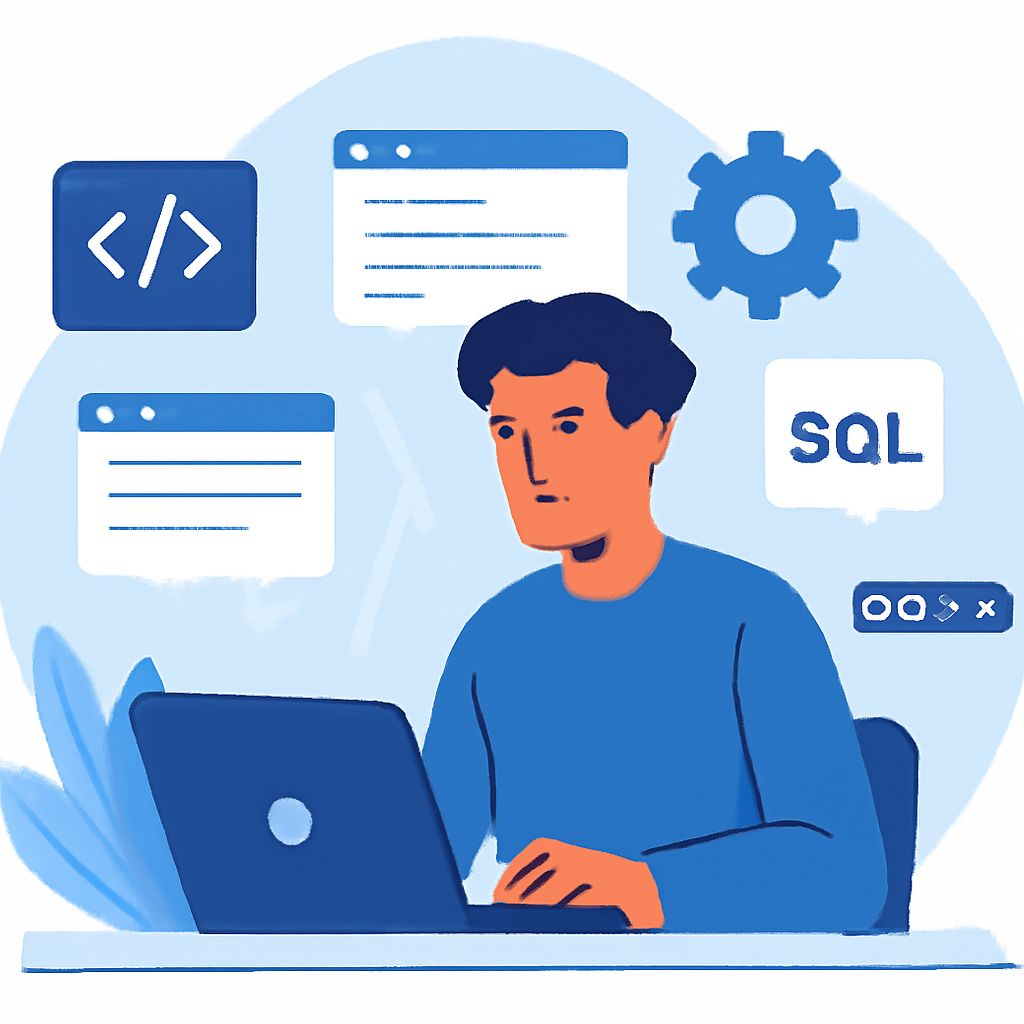Introduction to Advanced Web Development
In today’s fast-paced technological world, mastering web development isn’t just about knowing HTML or CSS. It involves an intricate understanding of advanced techniques that can significantly improve website performance, maintainability, and user engagement. This article delves into some of the essential secrets every advanced developer should know to stay ahead in the digital craft. By continuously evolving your skill set and staying abreast of new technologies, you ensure that you can tackle the most complex challenges that modern web development presents.
Understanding Performance Optimization
Website performance is a crucial element that impacts user experience and SEO rankings. An efficiently performing website not only loads faster but also retains viewers and encourages them to interact more deeply with the content. Advanced web developers leverage various strategies to optimize website performance. Here are some techniques:
- Minify and bundle CSS and JavaScript files to reduce load time. Doing so minimizes the size of files downloaded, leading to quicker loading times.
- Implement lazy loading for images and videos to enhance page speed. By deferring the loading of non-critical resources when a page is first rendered, you can significantly improve perceived performance.
- Use browser caching to store resources locally and decrease server requests. With effective caching strategies, you can reduce the load on your server and provide returning users with a faster experience.
By combining these techniques, your website will not only perform better but will also provide a more pleasant and satisfying experience for users. For businesses, this could mean lower bounce rates, higher engagement, and ultimately, improved conversion rates.
User Experience Enhancements
Delivering a seamless user experience is key to retaining visitors and reducing bounce rates. It’s about more than just aesthetics; it’s understanding a user’s journey and meeting their needs at every point. Advanced developers utilize several approaches:
- Create responsive designs that cater to all devices and screen sizes. With mobile internet usage surpassing desktop, a mobile-first design approach has become essential. Ensuring your design is adaptive and fluid across different devices enhances accessibility.
- Utilize modal windows and tooltips to provide instant support and guidance. These elements can guide users through complex processes and help eliminate friction in their browsing experience.
- Implement effective navigation systems that are intuitive and user-friendly. A well-designed navigation system allows users to find the information they need effortlessly, which increases satisfaction and retention.
By focusing on these areas, you can ensure that users remain engaged and satisfied during their visit. Moreover, investing in UX design often results in higher satisfaction rates leading to increased loyalty and advocacy.
Security Best Practices
As developers, it is imperative to secure the applications and data we create. The digital landscape is fraught with threats, making rigorous security measures a non-negotiable aspect of advanced web development. Here are some advanced security measures:
- Use HTTPS protocols to encrypt data and maintain confidentiality. HTTPS not only secures data transmission but has also become a ranking factor for SEO.
- Implement a robust authentication mechanism to prevent unauthorized access. Multi-factor authentication and OAuth are examples that can enhance security barriers around sensitive systems and data.
- Regularly update software and libraries to patch vulnerabilities. Keeping dependencies up-to-date ensures you’re protected against known vulnerabilities and exploits.
These practices can significantly minimize security risks and safeguard user information. With an increasing number of high-profile cyber-attacks, users are more mindful of their online security, making it essential for developers to prioritize security in their projects.
Embracing Modern Web Technologies
As technology evolves, so does web development. Keeping up with the latest trends and technologies can set you apart in a competitive field. Adopting modern web technologies not only improves the functionality and efficiency of websites but also enhances user experience, making content more interactive and engaging.
- Progressive Web Apps (PWAs): PWAs combine the best of web and mobile apps. They provide an app-like experience on the web, including offline functionality, push notifications, and faster load speeds, without the need for installation on app stores.
- WebAssembly (Wasm): WebAssembly allows developers to write code in languages other than JavaScript, such as C++ or Rust, and run it on the web. This can dramatically increase the performance of complex applications.
- Headless CMS Integrations: A headless CMS decouples the backend from the frontend, allowing developers to use frameworks and technologies of their choice to deliver content across different platforms seamlessly.
Embracing these technologies can lead to highly adaptable and future-ready web applications that can scale and integrate well with various services and platforms. This approach facilitates the creation of personalized user experiences and caters to modern consumer demands.
Development Tools and Techniques
Being an advanced web developer means understanding and efficiently using a suite of development tools and techniques that streamline processes and enhance productivity. These tools allow developers to write, debug, deploy, and manage code efficiently, making the development process smoother and more collaborative.
- Visual Studio Code: A versatile and free code editor that provides robust support for debugging, syntax highlighting, intelligent code completion, and customization with extensions.
- Git and GitHub: Version control systems like Git, supported by platforms like GitHub, facilitate team collaboration, track changes, and manage source code versions effectively.
- Postman: Primarily used for API testing, Postman simplifies sending requests and analyzing responses, which is vital for ensuring robust integrations between services.
- Terminal/Command Line: Mastery of the Command Line Interface (CLI) is essential for executing scripts, automating tasks, and handling core system operations efficiently.
By incorporating these tools and techniques into your development workflow, you not only increase your efficiency but also maintain the quality and consistency of your projects. Furthermore, continuous learning and experimenting with new tools can open up further opportunities for innovation and advancements in your development approach.
Frequently Asked Questions (FAQ)
What are some advanced tools for web development?
Advanced developers often use tools like Visual Studio Code, Git for version control, and Postman for API testing, as these tools enhance productivity and efficiency. In addition, tools like Docker for containerization or Jenkins for continuous integration and delivery play crucial roles in modern web development environments, aiding in streamlining development and deployment processes.
How can I improve my web development skills?
To enhance your skills, consistently practice coding, participate in online challenges, and stay updated with the latest industry trends and technologies. Enrolling in boot camps, attending webinars, participating in hackathons, and contributing to open-source projects are excellent ways to gain practical experience and insights into real-world development scenarios. Following influencers and thought leaders in the web development community on platforms like Twitter and LinkedIn can also be a valuable source of information and trends.
What role does SEO play in advanced web development?
SEO is a crucial consideration in web development as it directly affects a site’s visibility and accessibility. Advanced web developers incorporate SEO best practices from the ground up, ensuring that websites are fast, accessible, and optimized for relevant keywords. Techniques like optimizing site architecture, semantic HTML, using responsive design, and implementing structured data are integral to enhancing a site’s SEO performance.
Why is continuous learning important in web development?
The field of web development is dynamic and ever-evolving. Continuous learning ensures that developers stay competitive by acquiring new skills and adapting to emerging technologies. This commitment to growth not only opens up new career opportunities but also leads to the creation of innovative, efficient, and secure web applications. Engaging with online courses, attending industry conferences, and joining web development communities can offer fresh perspectives and insights.
Ultimately, mastering advanced web development is a journey that combines the passion for technology with practical knowledge and continuous innovation. By adopting the latest techniques and technologies, securing user data, and crafting intuitive user experiences, you position yourself as a leader in the evolving digital landscape.




